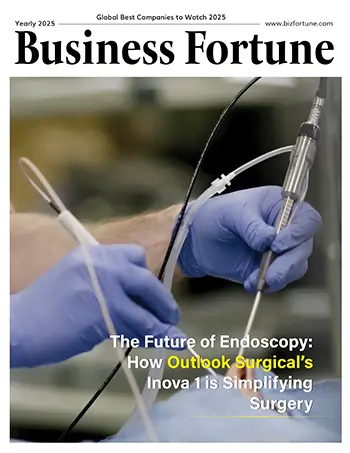Home Innovation 3D Printing 3D Printing Revolutionizes the...
3D Printing Revolutionizes the Development of Medical Devices with speed and Precision
3D Printing

Business Fortune
19 Febuary, 2025
Rapid prototyping using 3D printing is revolutionizing medical manufacturing by facilitating patient-specific solutions, lowering costs, and boosting innovation.
Historically, creating new medical devices has been a difficult, costly, and drawn-out process that sometimes takes years to complete from design to regulatory approval. Patients who most need life-changing advances are unable to receive them because of this delay.
Medical production is currently changing as a result of fast prototyping using 3D printing. This technique improves accuracy and performance while speeding up time-to-market by reducing material waste, expediting testing, and simplifying design cycles. 3D printing is transforming the development of medical equipment, producing more intelligent and efficient solutions more quickly than ever before, from creating sophisticated prostheses to improving orthopedic implants and surgical tools.
Using materials like titanium, cobalt-chrome alloys, and medical-grade polymers, 3D printing creates devices layer by layer, in contrast to traditional prototyping, which depends on expensive tooling, machining, and molding. Production time and expenses are greatly decreased using this additive method.
The potential of 3D printing to produce medical equipment customized for each patient is among its most revolutionary features. In contrast to conventional, mass-produced designs, 3D-printed solutions may be tailored to fit each person's particular anatomy. This development is very helpful in areas like orthotics, reconstructive surgery, and prosthetics.
Additionally, because components are cut from solid blocks of material, traditional production processes can result in significant material waste. By using only the appropriate quantity of material, 3D printing, on the other hand, reduces waste and expenses, particularly when working with costly biocompatible materials like titanium and medical-grade polymers.
Unquestionably, 3D printing is having a significant impact on medical innovation as technology develops further, providing a quicker and more effective route to ground-breaking medical treatments.


































